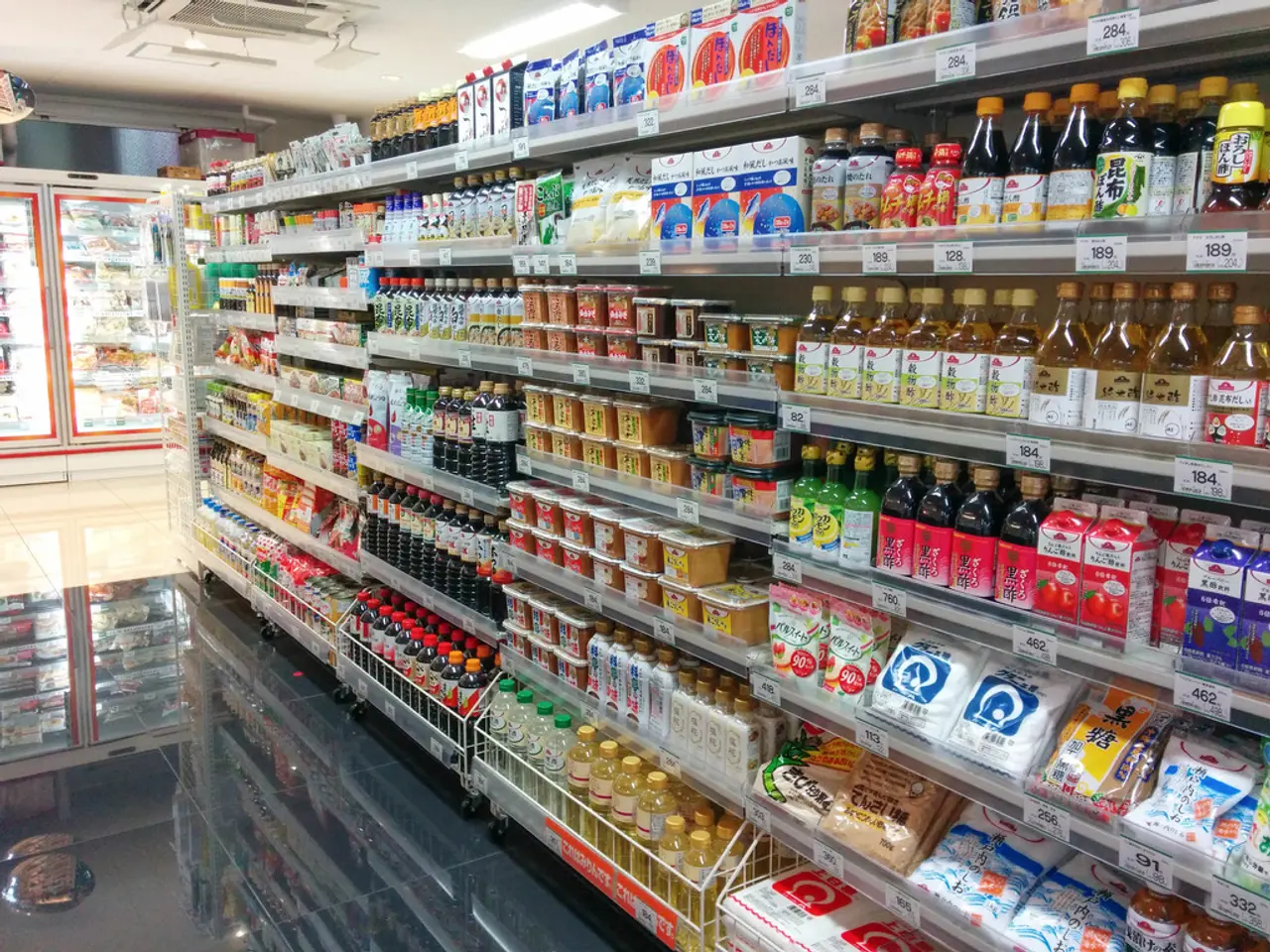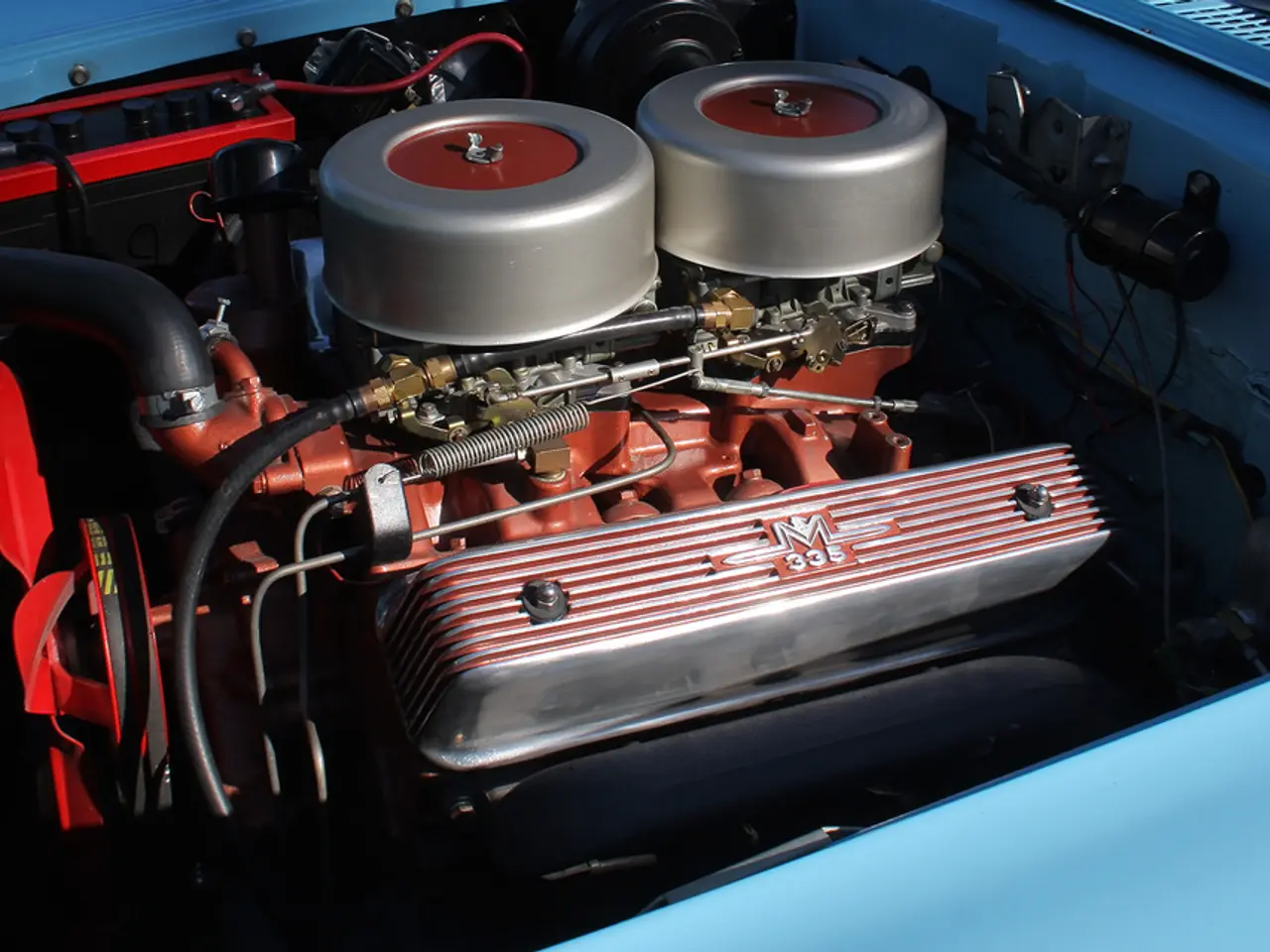Importance of Controlled Impedance, Explained
In the realm of high-speed PCB (Printed Circuit Board) designs, maintaining controlled impedance is a crucial aspect that ensures signal integrity and reduces electromagnetic interference (EMI). This article will delve into the significance of controlled impedance, the transmission lines that require it, and the best practices for implementing it in your PCB designs.
Firstly, it is essential to ensure that your manufacturer provides the right size, position, and tolerance for your etched features. Failure to do so can result in boards that vary from each other, making debugging performance-related issues challenging.
Several types of PCB transmission lines necessitate controlled impedance, including single-ended microstrip, single-ended stripline, microstrip differential pair, stripline differential pair, embedded microstrip, and co-planar (single-ended and differential) lines. High-speed signals should not be routed over a split plane because the return path will not be able to follow the trace.
When working with differential pairs, minimise the use of vias, and if used, ensure they are symmetrical to minimise discontinuity. If a differential pair signal changes from one layer to another using vias and has a bend, each segment of the pair needs to be matched individually. Add stitching vias close to the signal vias when a high-speed differential pair or single-ended signal switches layers.
Controlled impedance is vital for solving signal integrity problems, which is the propagation of signals without distortion. This is the first step to improving the integrity of the signals on the PCB traces. High-speed signals require a continuous reference plane for the return path of the signal.
When designing a board with controlled impedance, follow the controlled impedance routing tactics such as determining which signals require controlled impedance, annotating the schematic with impedance requirements, determining the trace parameters for controlled impedance, and understanding how impedance varies with physical parameters.
Controlled impedance is necessary for high-speed digital applications such as RF communication, telecommunications, high-speed signal processing, and high-quality analog video like DDR, HDMI, Gigabit Ethernet, etc. Bends cause mismatching, making the trace on the inner bend smaller than the outer trace, requiring serpentines as close to the bend area. Serpentine traces should be placed as near as possible to the source of the mismatch.
Length-matching differential pairs is necessary for propagation delay matching, and serpentine traces may be used to compensate for mismatch in length. Stitching capacitors between reference planes are required if a signal needs to be routed over two different reference planes.
Commonly used materials for controlled impedance PCB designs include FR370, FR408, I-Speed, N7000-2HT1, Megtron 6 R-5775 (K), I-Tera MT402, Tachyon 100G, Astra MT-771, Rogers 4350B1, Rogers 4450T, and more. For controlled dielectric, you are specifying the types of glass cloths to be used, the resin percentage of the materials, and ensuring that the trace widths are within tolerance. The burden falls on you if you request a controlled dielectric board.
To have an undistorted signal travel, the PCB signal traces must have a uniform controlled impedance to minimise signal distortions caused by reflections. This is the first step to improving the integrity of the signals on the PCB traces. When providing PCB design to Sierra Circuits, including copper patterns, hole layouts, and final material thicknesses, the manufacturer laminates the copper layers into a single circuit board, manufacturing the PCB with precise pattern dimensions and placements, maintained within specified tolerances.
In conclusion, understanding and implementing controlled impedance in your high-speed PCB designs is essential for maintaining signal integrity, reducing EMI, and ensuring the reliable functioning of your electronic devices. Utilising Sierra Circuits' Impedance Calculator can help you achieve accurate impedance values for circuit board manufacture.
Using a material selector that is suited for controlled impedance PCB designs, such as FR370, FR408, or Rogers 4350B1, is crucial to ensure accurate impedance values. To maintain uniform controlled impedance, it's essential to follow best practices like using an impedance calculator and employing controlled impedance routing tactics in your designs.




